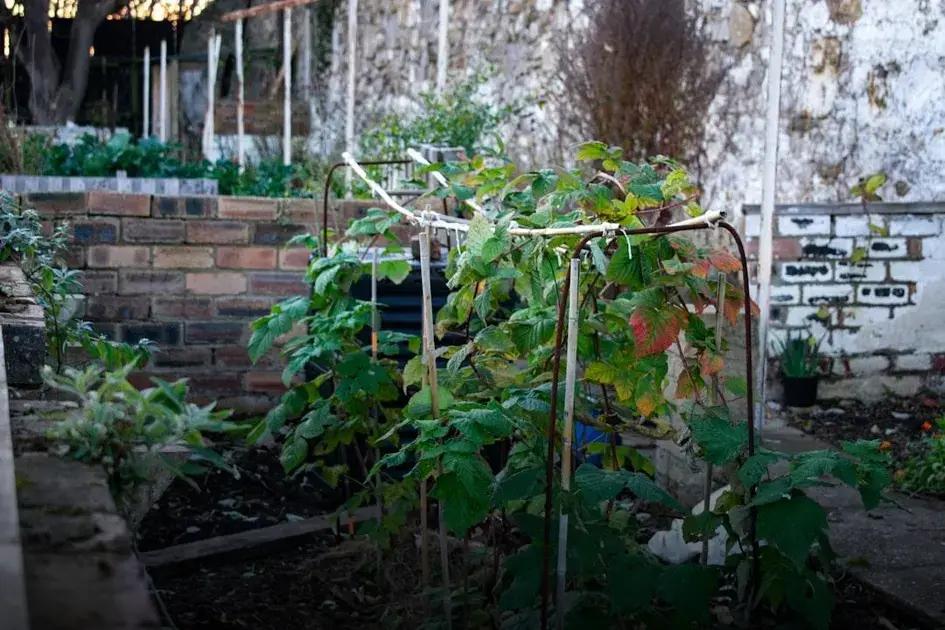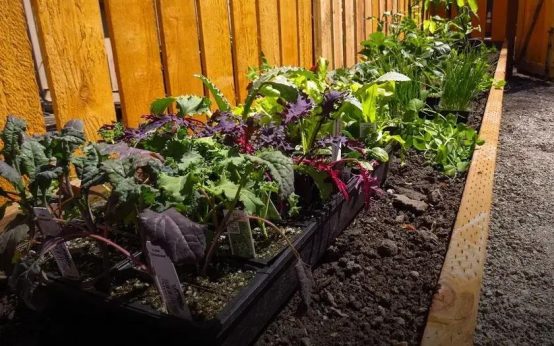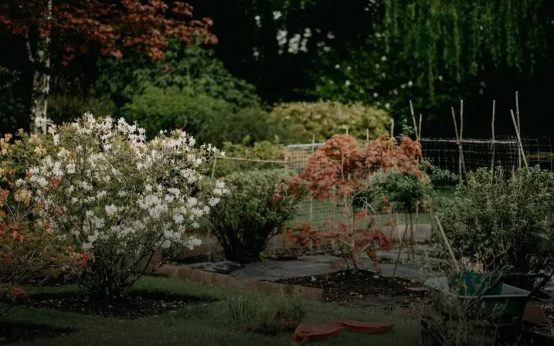Companion planting is a gardening method that uses the natural relationships between plants to enhance growth. By understanding which plants complement each other, you can optimize your garden’s productivity. This approach involves pairing plants with compatible neighbors, offering benefits such as pest control, improved soil health, and increased yield. Explore the advantages of this technique, learn effective plant combinations, avoid common pitfalls, and gather seasonal tips for a thriving garden. Begin your journey with companion planting and transform your garden into a harmonious ecosystem.
Benefits of Companion Planting
Companion planting offers a myriad of benefits for gardeners seeking to optimize growth and protect their plants naturally. By strategically planting compatible species together, you can enhance the growth, flavor, and yield of your garden vegetables and fruits.
One primary advantage is pest control. Certain plants emit natural substances that repel harmful insects, reducing the need for chemical pesticides. For example, marigolds are well-known for deterring nematodes and aphids, making them excellent companions for tomatoes.
Additionally, companion planting encourages biodiversity in your garden. By including a variety of plants, you build a robust ecosystem that supports beneficial insects and microorganisms. This diversity contributes to a healthy, balanced garden environment.
This method also aids in soil fertility. Some plants, like legumes, have the ability to fix nitrogen from the air into the soil, enriching it for neighboring plants that require higher nitrogen levels. This natural fertilization encourages more robust plant growth without synthetic fertilizers.
Another noteworthy benefit is space management. By pairing plants that grow vertically with those that spread horizontally, such as corn and squash, you maximize the use of your garden space, allowing more crops in less area. This efficient use of space can yield a more productive and diverse garden.
Companion planting can also promote healthier plants by minimizing competition for resources like sunlight, water, and nutrients. Strategic planting ensures that each plant has adequate access to these essential elements.
Finally, certain plant pairings can enhance the flavor and overall quality of your produce. Basil planted alongside tomatoes is said to improve the flavor of tomatoes, creating a delicious end product.
Top Plant Combinations

Exploring the right plant combinations can significantly boost garden productivity and plant health. Combining plants that support each other enhances growth and pest resistance. For example, pairing tomatoes with basil not only promotes healthy tomato growth but also enhances their flavor.
Carrots and onions are a classic combination. Carrots repel onion flies, and onions deter carrot rust flies. This tandem not only ensures protection but also utilizes your garden space efficiently.
Marigolds
are known for their pest-repellent properties. Planting them near vegetables like lettuce or beans can keep pests at bay while adding a splash of color to your garden.
Corn, beans, and squash, known as the Three Sisters, provide a sustainable agricultural system. Corn provides a structure for beans to climb, beans add nitrogen to the soil, and squash covers the ground to prevent weeds. This combination exemplifies the benefits of companion planting.
To make the most of your
companion planting
efforts, always consider plant heights, growth habits, and sunlight needs. Providing the right environment ensures a thriving garden ecosystem that supports multiple plant types.
Common Mistakes to Avoid
Overcrowding Plants is a common mistake in companion planting. When plants are too close, they compete for nutrients and water. Ensure to provide adequate spacing based on the plant species’ needs.
Another mistake is ignoring plant compatibility. Some plants, like garlic and beans, inhibit each other’s growth. Always check which plants are mutually beneficial.
Poor soil management can also lead to issues. Failing to consider soil pH and composition might prevent plants from absorbing necessary nutrients. Regularly test your soil to maintain balance.
It’s crucial to avoid scheduling errors. Different plants have different growing seasons. Plant them at the right time for optimal growth and mutual benefit.
One should also refrain from relying solely on anecdotal advice. While companion planting has historical roots, research and modern studies provide more reliable insights on plant interactions.
Lastly, neglecting pests and diseases can ruin companion planting efforts. Monitor plants closely and use natural remedies to manage pest problems effectively.
How to Start with Companion Planting

Starting with companion planting can enhance your garden’s productivity and health. Choose plants that benefit each other when placed in close proximity. This practice involves understanding plant interactions and making informed decisions on pairings.
Research and Plan
Knowledge is key. Identify plants that grow well together and what they offer each other. For instance, some plants deter pests that might plague their companions, while others might provide necessary shade or nutrients.
Begin Small
Start with a small section of your garden. Test a couple of companion pairs and observe their growth and interaction. Consider combining vegetables with flowers or herbs to diversify and enhance results.
Soil Considerations
Soil quality profoundly impacts the effectiveness of companion planting. Maintain good soil health with organic compost and ensure adequate drainage. Tailor your approach based on the specific nutrient needs and water requirements of the plants.
Regular Observation is crucial. Monitor your plants for signs of incompatibility, such as stunted growth or increased susceptibility to disease. Constantly learning and adjusting strategies will improve your success.
Seasonal Tips for Your Garden
The seasonal changes can greatly impact how you approach companion planting. As the weather shifts, so should your gardening strategies. Spring is a time for starting new plant pairings that will grow together throughout the year. Consider planting peas with radishes; the fast-growing radishes will break the soil for peas and help control weeds.
In summer, focus on keeping plants cool and hydrated. Group tall plants like sunflowers with leafy greens, as the tall plants can provide necessary shade to keep temperatures optimal for greens. Remember to check moisture levels often.
When fall comes, it’s time to plant cool-season crops. Pair broccoli with spinach; broccoli serves as a windbreak and provides some shade during hotter days, while spinach grows quickly, taking advantage of cooler weather.
During winter, think about protecting your garden beds and improving soil for the next year’s planting. Use cover crops like clover, which can fix nitrogen in the soil and provide a habitat for beneficial insects.
Adjusting your gardening plans based on the seasons ensures that your companions thrive together all year round.


 Tips for Growing Tomatoes That Actually Produce Fruit Easily
Tips for Growing Tomatoes That Actually Produce Fruit Easily  Starting a Vegetable Garden: Top Easy Crops to Begin
Starting a Vegetable Garden: Top Easy Crops to Begin  Creating a Low-Maintenance Flower Garden: Easy Tips
Creating a Low-Maintenance Flower Garden: Easy Tips